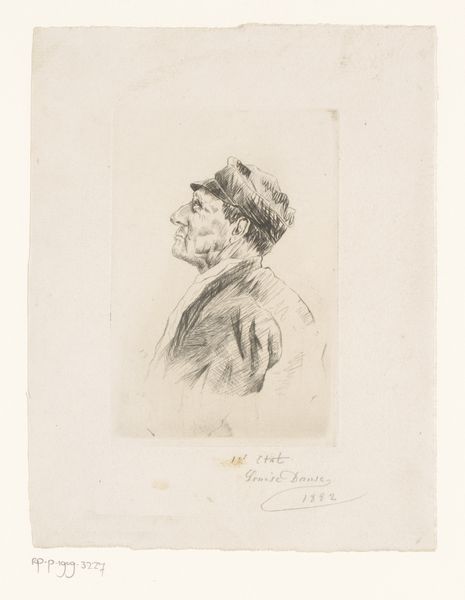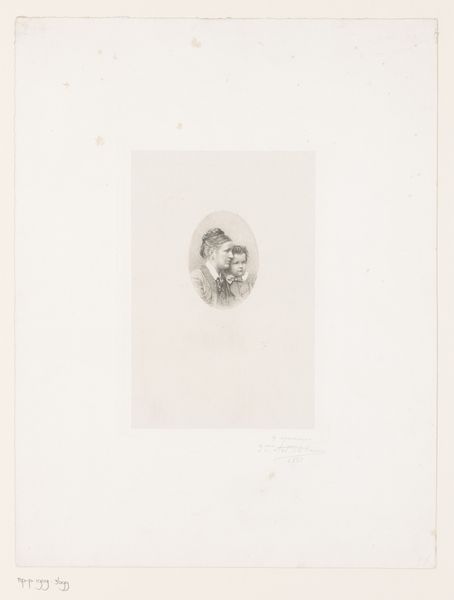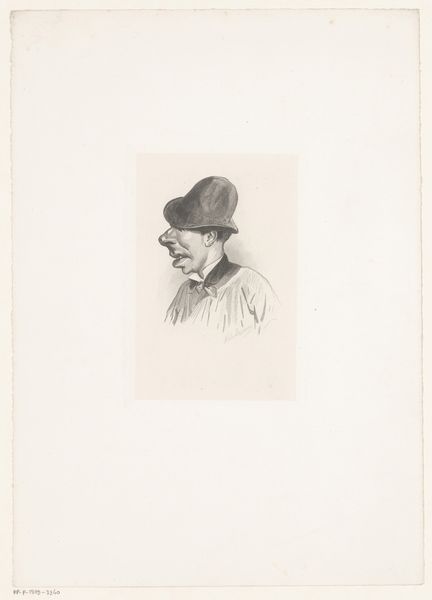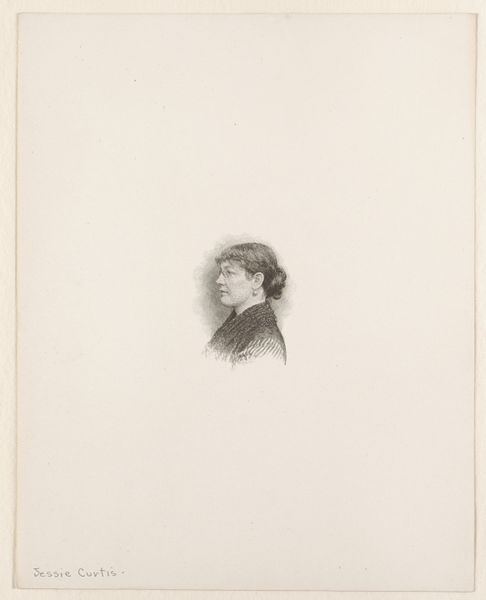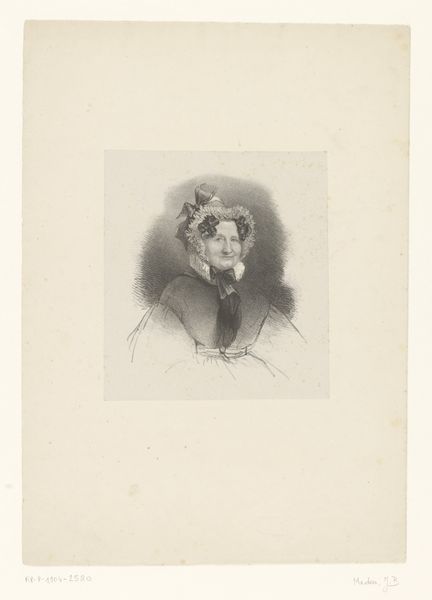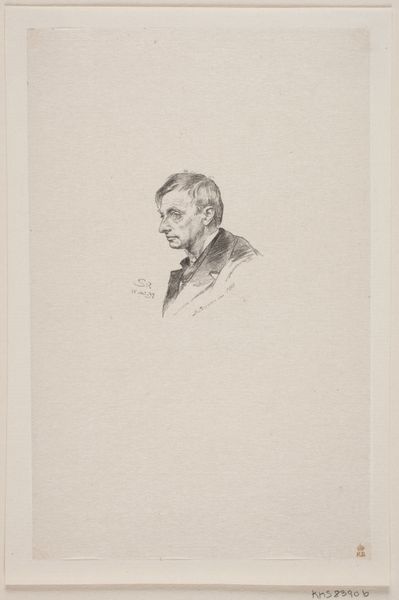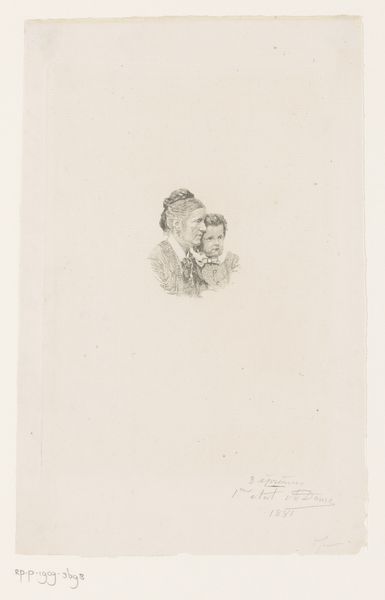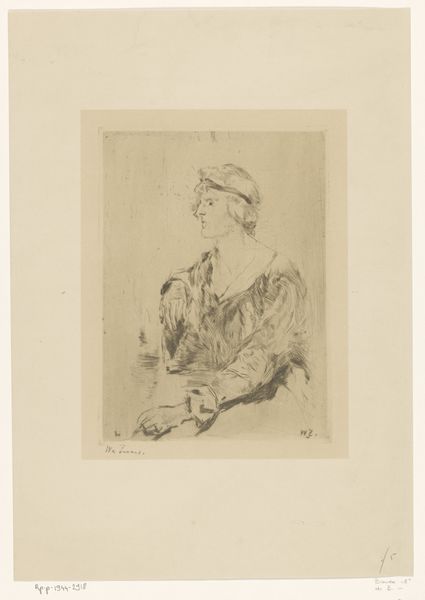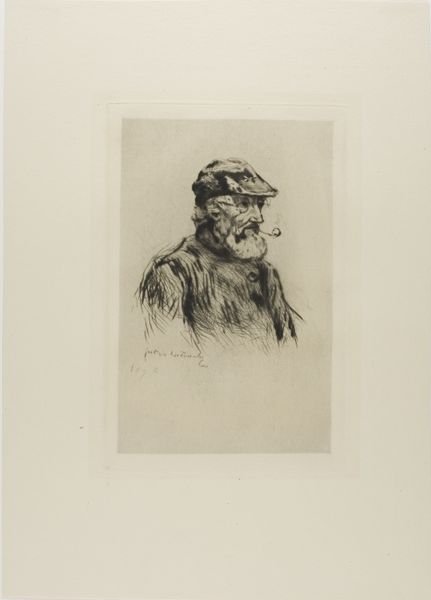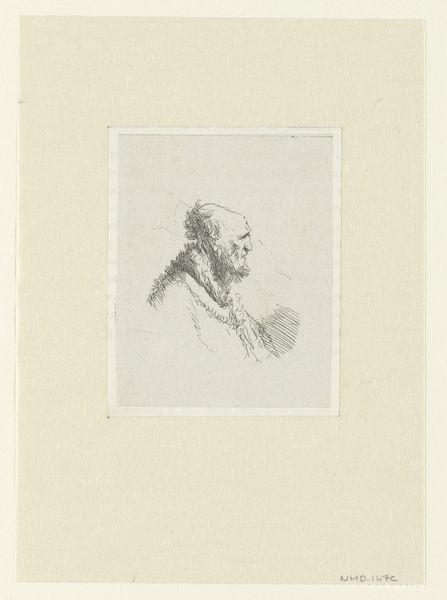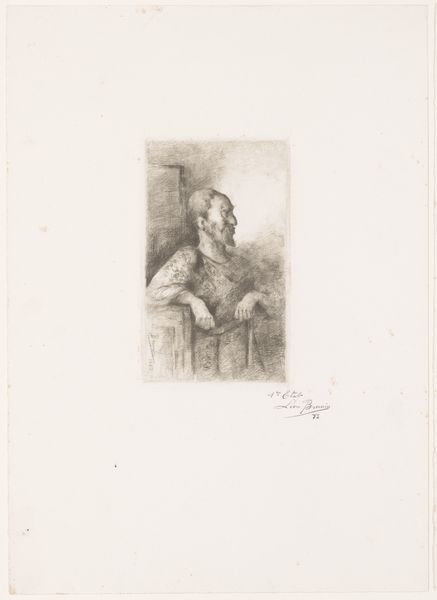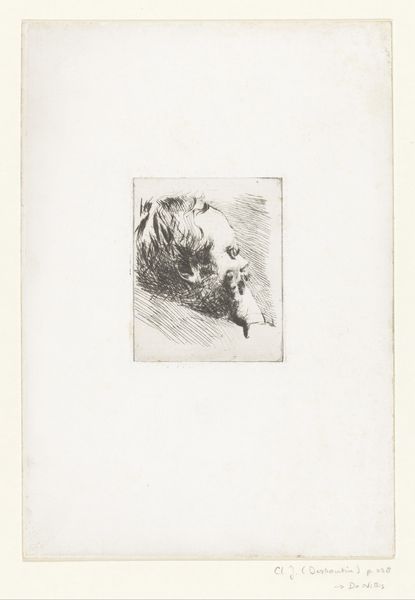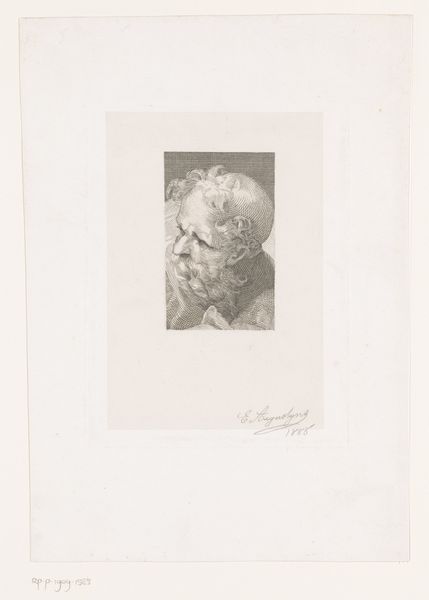
print, woodcut, wood-engraving
#
portrait
#
pencil drawn
#
negative space
# print
#
pencil drawing
#
woodcut
#
united-states
#
wood-engraving
#
realism
Dimensions: 3 1/8 x 2 1/2 in. (7.94 x 6.35 cm) (image)
Copyright: Public Domain
Editor: Here we have a print, a wood engraving to be precise, depicting Charles Dudley Warner. It's from the 19th century and by William B. Closson. It feels very formal and quite small compared to all that empty space around the figure. What strikes you when you look at it? Curator: The framing and the medium are fascinating. This tiny image in an ocean of negative space draws our attention immediately to the politics of portraiture. Why represent Warner, a prominent figure of his time, in such a way? What does the decision to use a wood engraving—a technique often employed for mass reproduction in books and periodicals—suggest about the intended audience and the artwork's broader circulation? Editor: That’s a good point about wood engraving suggesting wider distribution. So it's meant for the masses, but the starkness also feels... isolating. Curator: Exactly. Consider the social context. Warner was a celebrated author and social critic during a period of immense social and economic change in the United States. Perhaps this tension, between public figure and private individual, is precisely what Closson captures through this stark, almost minimalist depiction. Editor: I see what you mean. It almost feels like an attempt to democratize the image of a prominent person through cheap reproduction, yet it maintains an almost aristocratic detachment because of how small the image appears. Curator: Precisely. This begs us to question the very role of portraiture in 19th century American culture. Was it purely celebratory? Or did it serve as a vehicle for navigating complex social and political anxieties of the era? This tiny image carries a weighty set of questions! Editor: It’s amazing how much context shifts my perspective. I initially saw simplicity, but now I'm appreciating the complicated social message it sends! Curator: Art often functions that way - what seems straightforward often contains layers waiting to be uncovered!
Comments
No comments
Be the first to comment and join the conversation on the ultimate creative platform.
